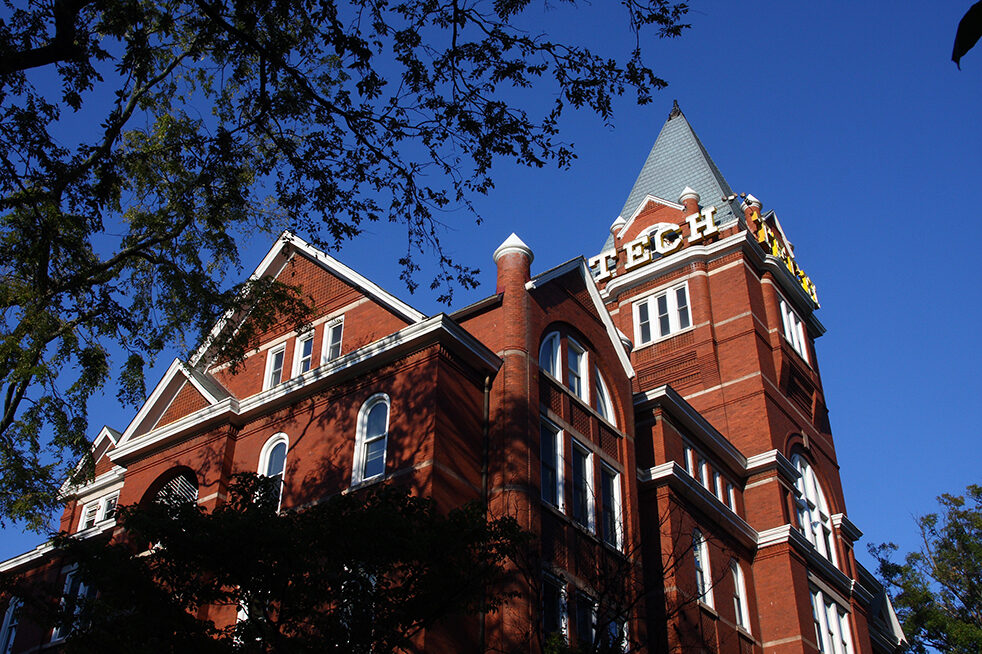Editor’s Note: A previous version of this article included an incorrect title. It has been updated.
As the Supreme Court prepares to issue its final set of rulings for this term, many are citing the Court’s recent, controversial decisions as a symptom of a larger, underlying issue of the balance of power within the government and the Court.
The Court has long been accused of being a fundamentally undemocratic institution, but we believe that this sentiment has more credibility than ever after the overturning of Roe v. Wade. Recent polls conducted by NPR show that a majority of Americans are against the decision, which has led many to wonder how such an overarching ruling could be made without reflecting the interests of the public. The very nature of how the justices of the Supreme Court are chosen by the president rather than voters, and the lifetime terms they serve rather than a set period like other elected positions, seems to alienate the public from being directly involved in the creation of the court.
As the question of whether the Court is even a democratic institution looms heavy, many question the amount of power the Supreme Court is given seeing as it may not necessarily be derived from the people. The Court was originally put into place as a way to check and balance the power of the executive and legislative branches, but as court decisions change the very way we make laws, it is important to ask “who is checking the court?” Decisions made by the court become the new precedent; they become the fodder for lawyers and lawmakers alike and chart the course of legislation for decades to come. For an institution that has historically been seen as a political balance, it is concerning to see the amount of power that is bestowed upon them.
However, it would be remiss to discuss the Supreme Court without also discussing some of the massively positive benefits the Court has created, even when going against the popular opinion. The additional nuance that sometimes the popular opinion is incorrect further complicates the question of the Supreme Court’s power and role. Moving forward, we think that there are actionable items the Court can do to limit its power and better reflect the will of modern America. First, we believe that limiting the tenure of justices will be greatly beneficial. By doing this, the court will reflect the sentiment of the time they serve. Second, we encourage the Court to show transparency in how they choose their cases. The inner workings of the Supreme Court are highly secretive, especially in regards to choosing cases to review. If the court will not take public input on which cases they choose or their decisions, we urge them to be transparent on how they choose these cases, as any one case could have massive impacts on how we view constitutional rights and law.
While change to the structure of the government in any form will be viewed as radical, we believe that, in the interest of better representing the people, these changes and their subsequent implications should at the very least be considered as we move into a post-Roe world.
